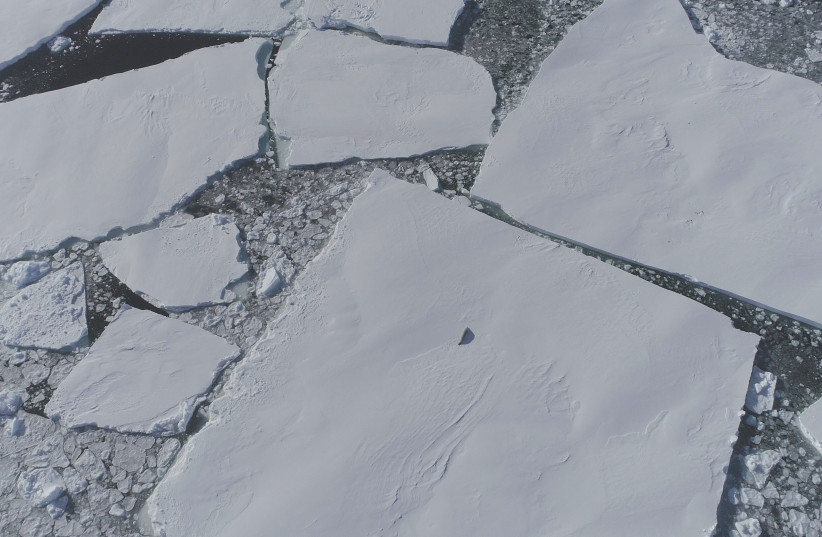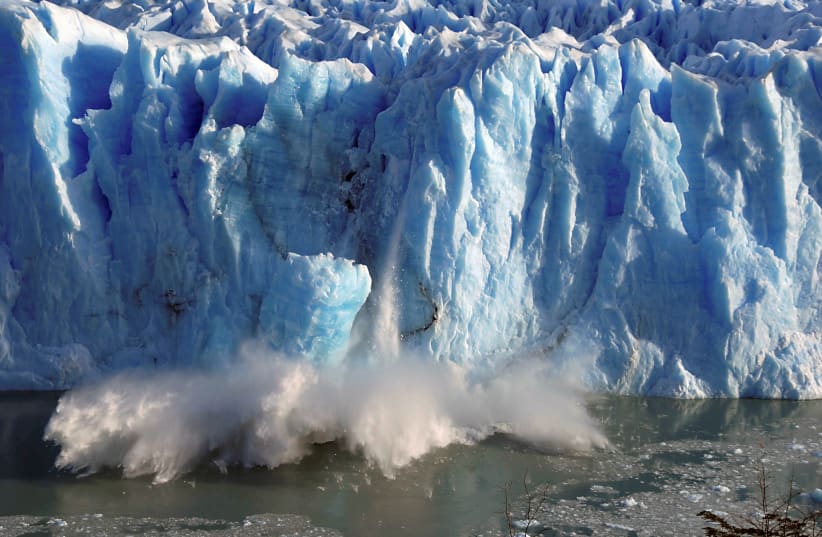Refreezing Earth’s poles by reducing incoming sunlight is possible – and surprisingly cheap – according to a study published last week.
Earth’s poles are warming. There has been a record number of heatwaves reported this year in the Arctic and Antarctic, and with glaciers collapsing and ice melting, the global sea level will rise.
However, a study published on September 15 in the peer-reviewed journal Environmental Research Communications suggests a cheap solution: to refreeze the poles by reducing incoming sunlight.
“The three Working Group reports, issued by the Intergovernmental Panel on Climate Change (IPCC) as a part of the Sixth Assessment Report, present a sobering picture of the status of the changing climate and humanity's response to date,” writes lead author Wake Smith. “The average global surface temperature in 2011–2020 was 1.09 °C higher than that in 1850–1900 whereas by 2018, the global mean sea level had already risen by 0.20 m above the 1901 average.”
What's the idea?


Smith and his team created a possible geoengineering program.
“Stratospheric aerosol injection (SAI) is a prospective climate intervention that would seek to abate global warming by slightly increasing the reflectiveness of the Earth's upper atmosphere,” writes Smith.
The idea was that jets would fly above plane cruising altitudes and inject microscopic aerosol particles into the atmosphere.
“There is widespread and sensible trepidation about deploying aerosols to cool the planet,” notes Smith, “but if the risk/benefit equation were to pay off anywhere, it would be at the poles.”
The aerosols would slowly drift toward the poles and slightly shade the land underneath if sprayed high enough and at latitudes of 60 degrees south and north, which include the entirety of Antarctica and Greenland.
“In order to minimize disturbances to distant weather and circulation patterns, any deployment in the Northern Hemisphere must take account of its impact on the Southern Hemisphere,” writes Smith.
When would it happen?
The aerosol particles would be sprayed in the spring and early summer. Even though the seasons are different across hemispheres, the same jets could be used by moving when the season changes.
“We propose to inject only in the spring and early summer months, which is to say March-June in the Northern Hemisphere and September-December in the Southern,” he wrote. “Since the intended effect of deployment is to deflect incoming sunlight, deployment in the local winter would have limited impact, as there is little sunlight in the region.”
What jets would be used?
Many military air-to-air refueling tankers cannot hold enough weight at the desired altitudes, and therefore would not be suitable for this mission. However, the creation of newly designed high-altitude tankers would do the trick. Deploying around 125 of these tankers each year would be able to reach high enough altitudes while carrying enough weight for the poles to return near their pre-industrial average temperatures.
Annual costs are estimated at $11 billion, which is much less – a third to be exact – of the cost of cooling the entire planet. While this method of cooling the poles only provides protection for a small portion of the planet, the mid-latitudes should also experience a decrease in temperature. Furthermore, this method would be much less of a risk to humanity than a global program because less than one percent of the population lives in the targeted zones.
“Nonetheless, any intentional turning of the global thermostat would be of common interest to all of humanity and not merely the province of Arctic and Patagonian nations,” says Smith.
However, this solution is definitely not a substitute for other climate solutions. These aerosol injections would merely improve one aspect of climate e change, not cure the underlying problem.
“Game-changing though this could be in a rapidly warming world, stratospheric aerosol injections merely treat a symptom of climate change but not the underlying disease,'' he said. “It’s aspirin, not penicillin. It’s not a substitute for decarbonization.”
This is just the beginning when it comes to understanding how to undertake climate change at extreme latitudes, which through this study seems to prove useful in slowing the global sea level rise.
“Given its apparent feasibility and low cost, this scenario deserves further attention.”
The Environment and Climate Change portal is produced in cooperation with the Goldman Sonnenfeldt School of Sustainability and Climate Change at Ben-Gurion University of the Negev. The Jerusalem Post maintains all editorial decisions related to the content.
